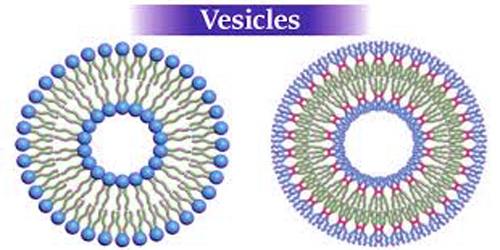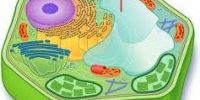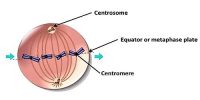Vesicles are formed by a lipid bilayer that separates its contents from the cytoplasm or fluid-based extracellular environment. In cell biology, a vesicle is a structure inside or outside the cell that contains fluid or cytoplasm bound by a lipid bilayer. Vesicles naturally form during the processes of distillation (exocytosis), uptake (endocytosis) and transport of materials within the plasma membrane. They may contain either fluids or gases and may have a wide range of functions in cells of the living world, from buoyancy regulation to hormone secretion. Alternatively, they may be artificially prepared, in this case, they are called liposomes (not to be confused with lysosomes). If there is only one phospholipid bilayer, they are called unilamellar liposome vesicles; Otherwise, they are called versatile. The word ‘vesicle’ comes from the Latin word vesicula, which means ‘small bladder’ and can also mean bubbles of gas on the body’s blisters or volcanic rocks. The membranes that surround the vesicle can also fuse with the plasma membrane, such as the lamellar phase and endocrine vesicles, to express their contents outside the cell. Vesicles are less than 0.5 cm in diameter. Vesicles can also fuse other organelles within the cell. A vesicle released from the cell is known as an extracellular vesicle.
Vesicles are found in bacteria, archea, and plants as well as in animals. Since it has been isolated from the cytosol, the interior of the vesicle may be different from the cytosolic environment. For this reason, vesicles are a primary tool used by cells to organize cellular substances. Almost all plant cells and many resistors and fungi have a central fluid-filled bag called a vacuole. It contains ions, sugar, amino acids, some proteins, enzymes and waste products. Vesicles involve metabolism, transport, excretion control and temporary storage of food and enzymes. They can also act as chemical reaction chambers. Neurotransmitters are found at the terminal end of neurons in neurons (neurons) and contain small molecules involved in the transmission of electronic signals from one cell to another. These structures fuse with the plasma membrane of neurons in response to rapid changes in electric membrane potential.
The 2013 Nobel Prize in Physiology or Medicine James Rothman, Randy Shekman and Tomas Sadoff shared (based on their research, some made by their mentors) the makeup and function of cell vesicles, especially in yeast and humans, and how each Including information about where they are gathered. Synaptic vesicles are small, about 40 nm in diameter and have two types of protein on their membranes. The first is the proton pump that allows neurotransmitters to be selected. Vesicular dysfunction is thought to contribute to some severe treatment cases of Alzheimer’s disease, diabetes, epilepsy, some cancers and immunological disorders, and certain neurovascular conditions.















